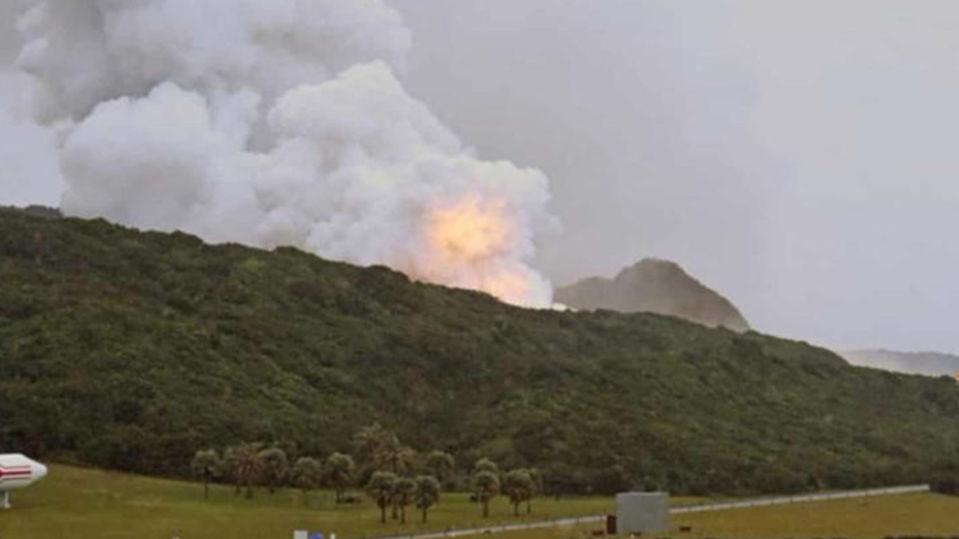Everyone enjoys a good aesthetic sunset whether it is sunsets of earth or a uniquely moody sunset of mars that the NASA’s Curiosity rover has captured. In a recently released photograph by NASA’s Curiosity rover a stunning image of a martian sunset, featuring light rays that illuminated a bank of clouds as the sun set over the horizon can be seen. These ‘sun rays’ are also known as crepuscular rays, from the Latin word for ‘twilight’. It is the first-time sun rays have been so clearly viewed on Mars. Curiosity, which was built by NASA’s Jet Propulsion Laboratory and managed by Caltech in Pasadena, California, on February 2 captured the scene during the rover’s newest twilight cloud survey, which builds on its 2021 observations of noctilucent, or night-shining, clouds. While most Martian clouds hover no more than 37 miles (60 kilometres) above the ground and are composed of water ice, the clouds in the latest images appear to be at a higher altitude, where it’s especially cold.
That suggests these clouds are made of carbon dioxide ice or dry ice. On Earth, clouds provide scientists with complex but crucial information for understanding the weather. By looking at when and where clouds form, scientists can learn more about the Martian atmosphere’s composition and temperatures, and the winds within it. The 2021 cloud survey included more imaging by Curiosity’s black-and-white navigation cameras, providing a detailed look at a cloud’s structure as it moves. But the recent survey, which began in January and will wrap up in mid-March, relies more often on the rover’s colour Mast Camera, or Mastcam, which helps scientists see how cloud particles grow over time.















